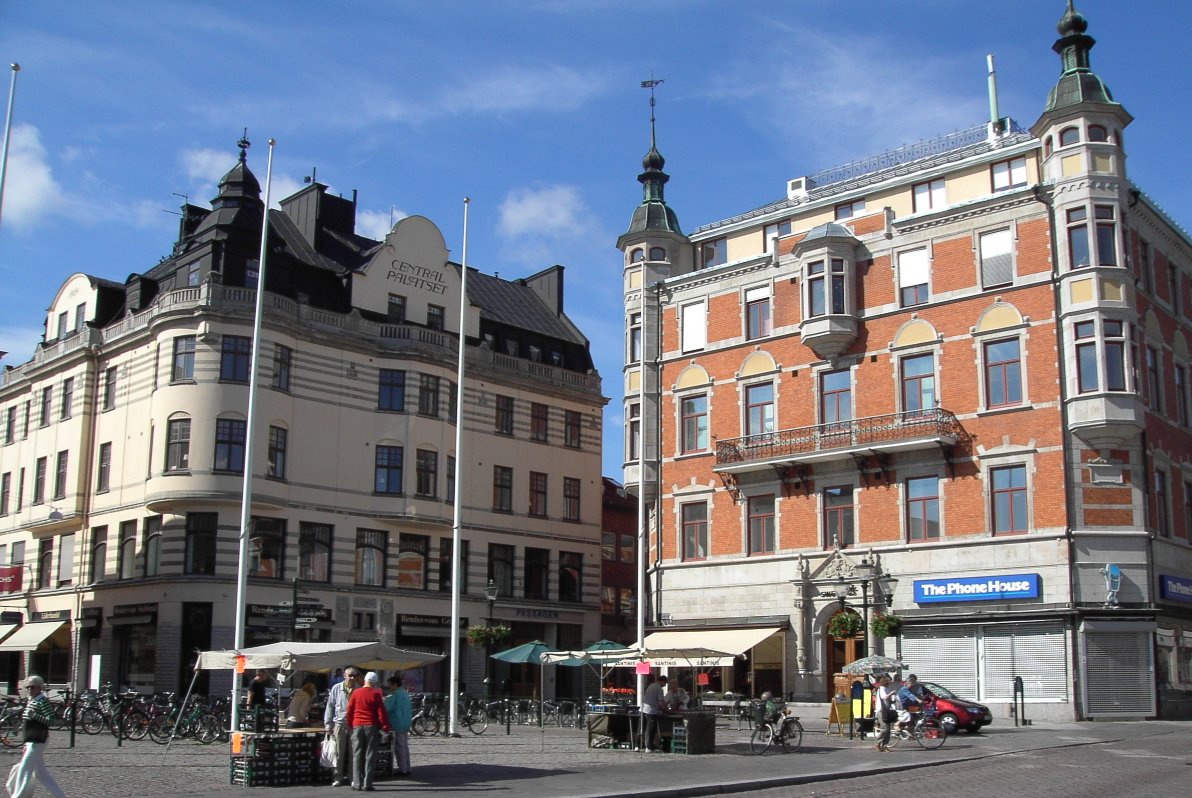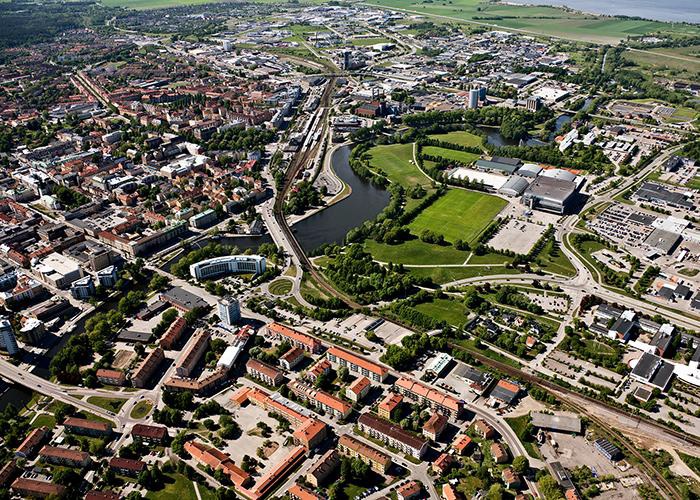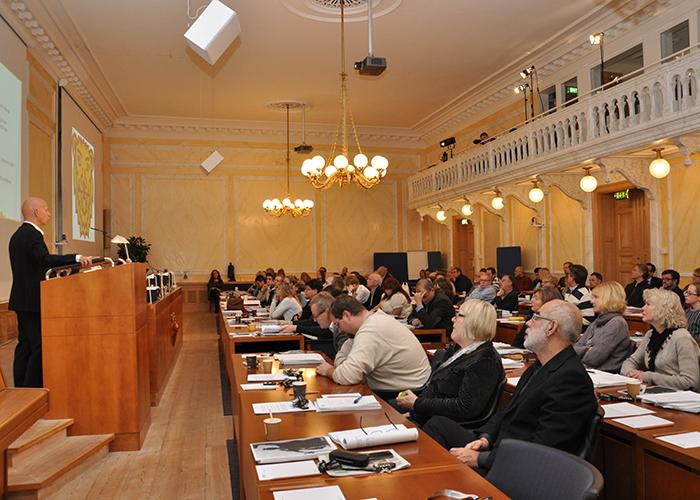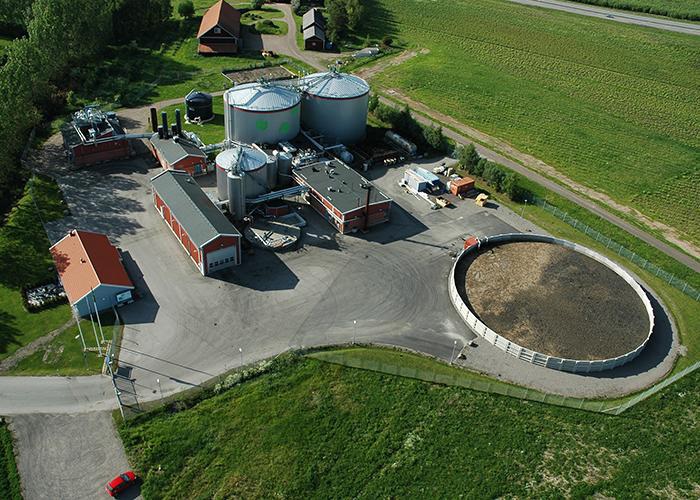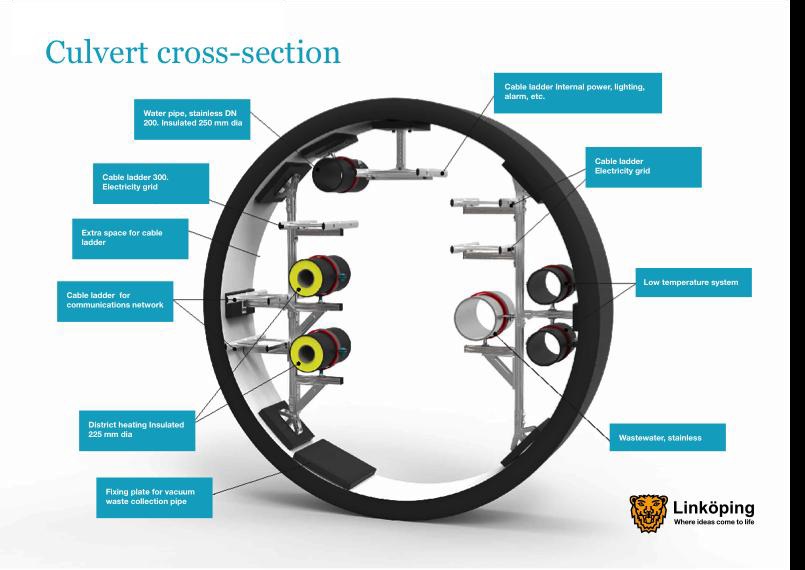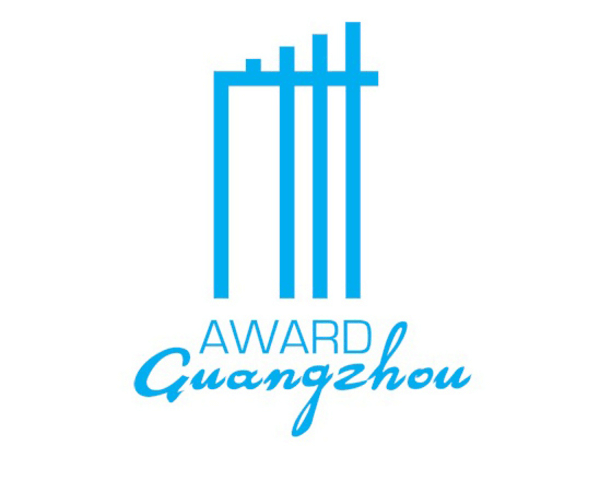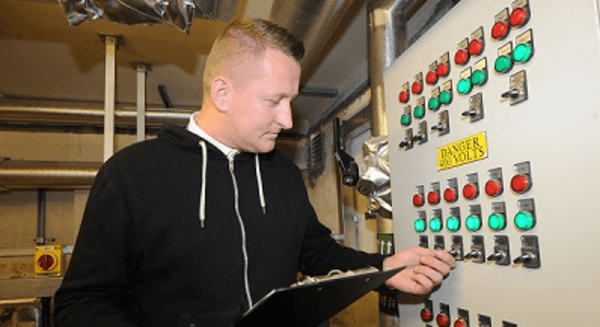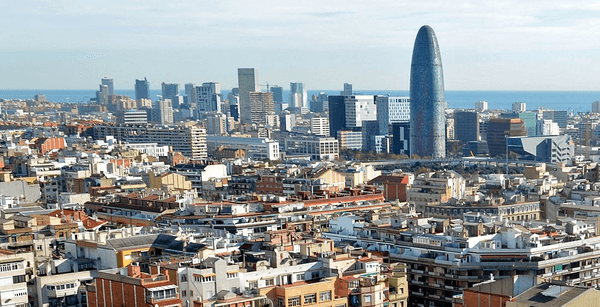City
Linköping
Main actors
City Government, Private Sector, Community / Citizen Group, Research Institutes / Universities
Project area
Whole City/Administrative Region
Duration
Ongoing since 2011
In 2011 the Municipal Council adopted its long-term climate goal to make Linköping a carbon-neutral community by 2025.
Linköping has a bold goal: to become an absolutely carbon neutral city by 2025. The city council’s road to that goal was launched through broad-based collaboration and partnership with residents, employers, universities, other cities and national and international networks.
And the municipality has sought to lead by example: it uses renewable fuels (over half of its vehicles use biogas); it specifies climate criteria in its procurement processes; it regularly communicates climate and environmental issues to its employees and residents; and it works closely with Linköping University to develop methods and technologies to reduce CO2 emissions and establish a Biogas Research Centre. Two new combined heat and power plants have been built, with 95 percent of homes already connected. Buses are fueled by biogas produced from livestock manure and food waste.
Key to achieving the climate goal is the commitment and successful efforts of local government departments and companies, residents (at least 2,000 assisted in formulating the Agenda 21 plan) and the local business community. The results are already emerging: CO2 emissions are down by 25 percent since 1990, energy consumption in schools and hospitals have been reduced by 5 percent and are on a trend for further reductions.
Guangzhou Award
This project was shortlisted for the 'Guangzhou Award' in 2014.
External links / documents
On Map
The Map will be displayed after accepting cookie policy
